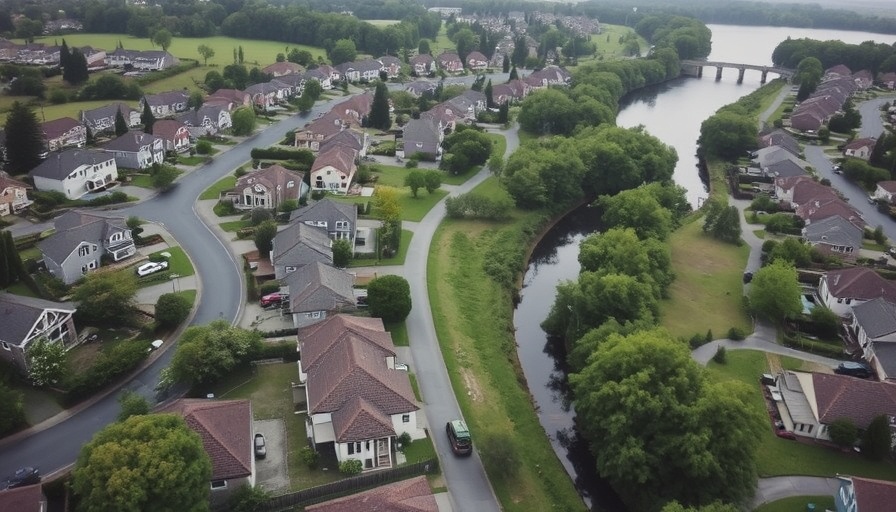
Tragedy Strikes as Cuauhtemoc Collides with Iconic Brooklyn Bridge
The recent crash of the Cuauhtemoc, a majestic training ship from the Mexican Navy, into the Brooklyn Bridge has stirred alarm and prompted federal investigations. On Saturday evening, May 17, 2025, the 300-foot ship struck the bridge, leading to a catastrophic fallout that claimed the lives of two sailors and injured 19 others. As investigators scramble to determine the cause of the crash, turbulent waters in New York's busy harbor are under scrutiny as a possible contributing factor.
Understanding the Conditions: A Perfect Storm at Sea
Eyewitness accounts and expert analyses have revealed that the Cuauhtemoc encountered challenging maritime conditions just before the incident. As the tide had turned, the East River flowed with a fast current, while simultaneous winds clocked in at about 10 mph. Such unpredictable factors can make navigation through New York's densely trafficked waterways a daunting task, even for seasoned sailors. Sal Mercogliano, a former merchant mariner, emphasized that all these elements combined to create a “perfect storm.” He highlighted that the height of the ship, coupled with the strong current and heavy wind, made it perilous to maneuver, even with the best of intentions.
Human Factors at Play: The Role of Decision-Making
As investigations into the incident unfold, crucial questions emerge concerning the crew’s decision-making processes and the presence of a tugboat escort. The footage captured by horrified witnesses indicates the Cuauhtemoc was moving in reverse at full speed toward the bridge, which suggests a loss of control over the vessel’s operations. Industry experts recommend that, under such circumstances, safeguarding measures, such as ensuring a tugboat’s presence until the ship is safely out of the harbor, ought to be standard practice. Similar concerns had been raised about another recent bridge collision involving a large cargo ship in Baltimore, stressing the shared accountability of maritime safety.
Technological Oversight: How Tools Can Aid Maritime Navigation
The tragic crash also raises broader questions about the technological means available to prevent such collisions. As maritime technology progresses, advancements in navigation systems, including automated control and real-time data analysis, have become vital in enhancing safety. Ensuring that crews are equipped with the latest navigation tech—and that it’s used effectively—can prevent human error from leading to tragic outcomes.
What Lies Ahead: Future Implications for Marine Safety
The Cuauhtemoc incident is a stark reminder of the inherent risks within busy ports and harbors. As the investigation moves forward with the National Transportation Safety Board taking charge, the outcomes could spark changes in regulations governing maritime safety, particularly in relation to shipping operations in crowded waterways. Experts suggest that an overhaul of operational protocols, including mandatory tugboat escorts in challenging conditions, must be considered to safeguard against future tragedies.
Reactions from the Community: Fears and Support
The news of the Cuauhtemoc’s crash has reverberated not only through maritime communities but amongst local residents and visitors. As New Yorkers absorb the shock of the event, many express a mixture of fear and curiosity about the maritime safety measures currently in practice. Community members emphasize the importance of having robust safety protocols and visible responses from authorities that reassure the public about their safety while enjoying the New York waterfront. The tragedy serves as an opportunity for dialogue about the balance between enjoyment of the picturesque harbor and the stringent guidelines necessary for safe navigation.
Conclusion: A Call for Improved Maritime Practices
The collision of the Cuauhtemoc with the Brooklyn Bridge is a tragic event that reflects the complex challenges faced in maritime navigation. As families mourn the loss of sailors while many others recover from injuries sustained, it becomes imperative for stakeholders in maritime safety to evaluate and implement improved practices. Federal investigations should prioritize the lessons learned from this incident to prevent future occurrences and ensure the safety of vessels navigating busy waterways. Communities are urged to engage with local authorities regarding these practices, forging a path forward that blends safety, education, and responsible navigation.
For continuous updates on this ongoing investigation and related maritime safety news, stay tuned to local channels and follow community reports. It is crucial that as a community, we remain vigilant and informed to ensure safety on our waters.
 Add Row
Add Row  Add
Add 






Write A Comment